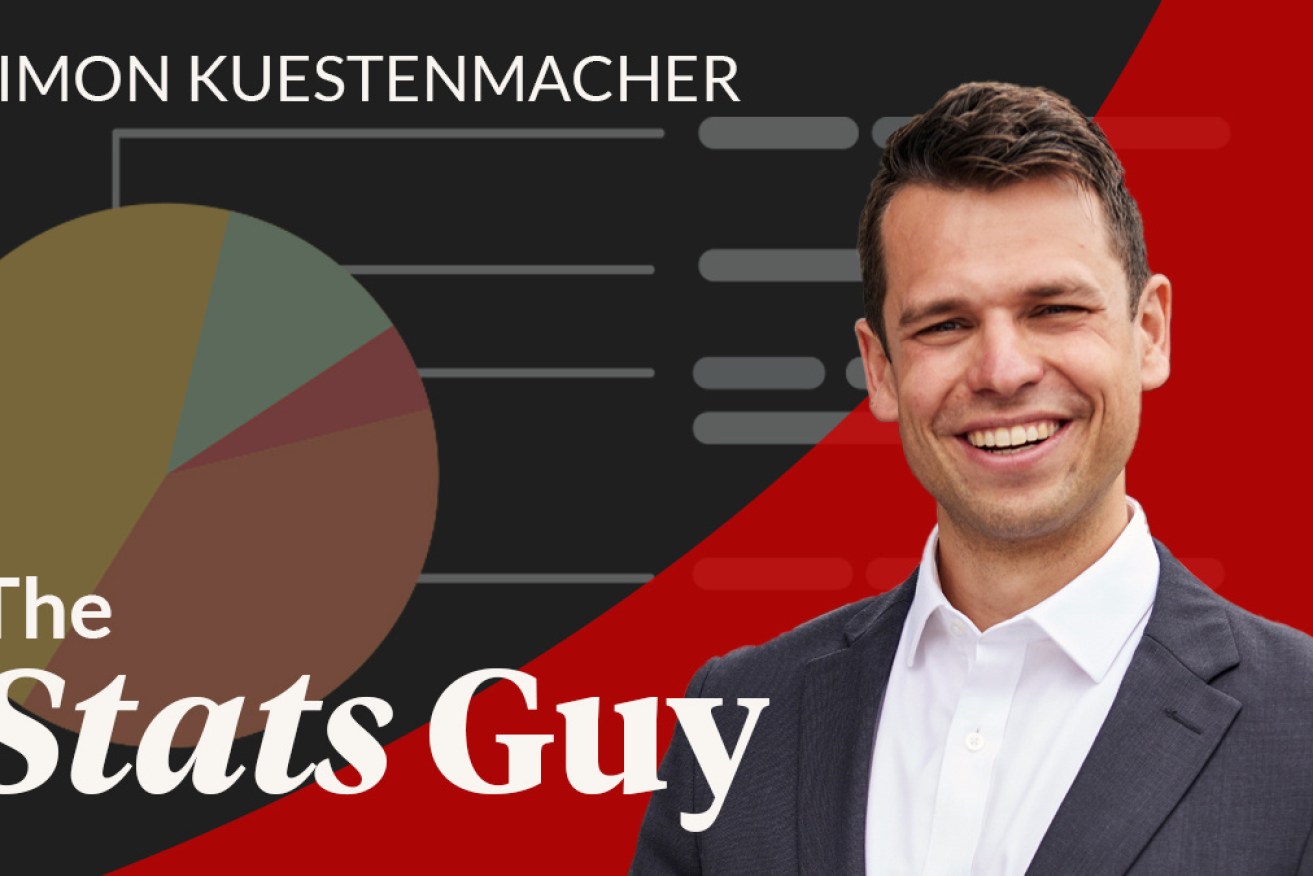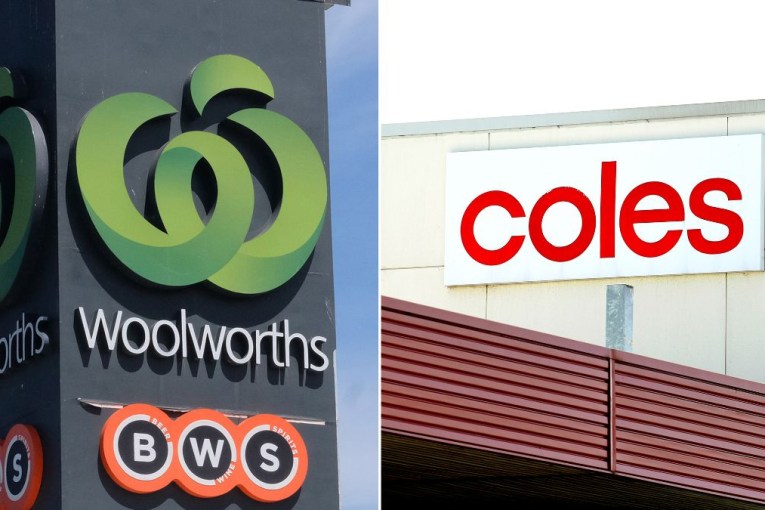The Stats Guy: Demographer Simon Kuestenmacher serves up lessons from the cereal aisle


We need to get our act together to prepare for a surge in the elderly population. Photo: TND
Fruit Loops or Cocoa Pops? Nuts and seeds good-for-your-gut granola or (if I’m feeling less virtuous) all my sugar for the day in one teeny-weeny breakfast bar. Mmmm, think I won’t read the labels too closely before I choose.
I’m in the cereal aisle at the supermarket but I’m not searching for the porridge. I’m here because of what it tells me about how Australia is changing.
Let’s start with the basics. The stock standard middle-class breakfast in Australia is a handful of Weet-Bix. Centrally displayed in the cereal aisle, the 1.2kg pack of Sanitarium Weet-Bix will set you back 42 cents per 100g. That’s going to be our benchmark. The cost of this product (in relative terms) hasn’t changed much since it was introduced to the Australian market about a hundred years ago.

The left and right flanks of the cereal aisle mirror the last five or six decades of economic development in Australia. This period saw the hollowing out of the workforce, the erosion of the middle-class. We didn’t collectively become poorer but the gap between rich and poor widened.
The economy shifted away from agriculture and manufacturing, the quintessential middle-class sectors, to highly skilled knowledge industries and low skilled casual jobs (now often referred to as ‘the gig economy’). Wages in Australia are largely determined by how highly educated you are. Educated workers pocket decent pay, the poorly educated don’t. Our workforce doesn’t resemble a Bell Curve where almost everyone has middle-class jobs, and a few rich and poor folks complete the picture. Rather, our workforce looks like the letter U. An ever-growing number of highly educated workers and more and more poorly educated workers flank a shrinking middle-class.
How did my supermarket’s cereal aisle react to a consumer market where a growing number of customers has to carefully watch every dollar they spend?
A whole new product category emerged. The homebrand end of the spectrum – the Aldi end of the spectrum, in other words – brings a clear premise for the market. These products offer us the same utility as Weet-Bix (a wheaty breakfast) at a much lower price (about 50 per cent cheaper). In a U-shaped consumer market rather than a Bell Curve the emergence of this lower price segment is inevitable. For low-income earners middle-class products are increasingly out of reach.
Let’s leave the cheap end of my cereal aisle behind and visit the Paris end. That’s where all the fancy Weet-Bix varieties congregate. Weet-Bix Protein makes us stronger; Weet-Bix Organic is good for the planet; Weet-Bix Kids probably good for something too…
The premise of this emerging product category is pretty clear as well: I am offered a marginally higher utility (a somewhat healthier or tastier version of Weet-Bix) at a much higher price (three-times as expensive as the benchmark at $1.20 per 100g). The top end of the market, the highly skilled, well paid knowledge workers, have money to spare and are willing to pay for luxuries and conveniences large and small. Hell, they might even be able to afford multi-grain Weet-Bix.
Hollowed-out base
At the Paris end of the cereal aisle, we must all pause for a moment of career coaching. Our employer, just like every other Australian business, faces the reality of a hollowed-out customer base. So does every government department as they service an increasingly divided client base. Companies large and small, plus governments from the municipal to the national level, must strategize about where on the Weet-Bix scale they want to position their services.
Is your company still imagining a market where everybody falls into the Weet-Bix centre, or has the offering been adjusted to new market realities?
The homebrand wheat-biscuit end and the gluten-free, chia-seeded end of the spectrum are shifting further apart, making aiming at the centre of the market increasingly pointless. Yet, many businesses still think about the Australia they remember from the 1970s and offer a Weet-Bix type product aimed at the shrinking centre.
Standing here in the cereal aisle, I can’t help but think of the wider social implications of the growing range of Weet-Bix products. A hollowed-out workforce is not desirable as it makes maintaining social cohesion extremely difficult. Just look at the US, South Africa or Brazil. Hence, one of the largest social challenges for Australia is to strengthen the middle-class.
Instead of just grabbing a few boxes of cereal I start to think about how desperately we need unprecedented investments in infrastructure. This would create much needed middle-skilled jobs. Putting our collective focus on infrastructure, construction, and local manufacturing helps us to counteract the hollowing-out of the work.
The shopping trip became rather stressful just then.
Before leaving the supermarket, I must choose wisely what I put in my shopping cart. Buying regular Weet-Bix feels like the equivalent of a campaigning politician in RM Williams boots who downs a beer to show he is a man of the people. My fellow shoppers can easily guess my social status based on my Weet-Bix choice.
That said, never has it been cheaper to pretend to belong to the one per cent. I think I’ll just bag some protein enriched Weet-Bix, a random non-dairy milk with a funky label, and some fresh berries. This should be enough to convince everyone of my superior social standing, shouldn’t it?
Demographer Simon Kuestenmacher is a co-founder of The Demographics Group. His columns, media commentary and public speaking focus on current socio-demographic trends and how these impact Australia. Follow Simon on Twitter or LinkedIn for daily data insights.








